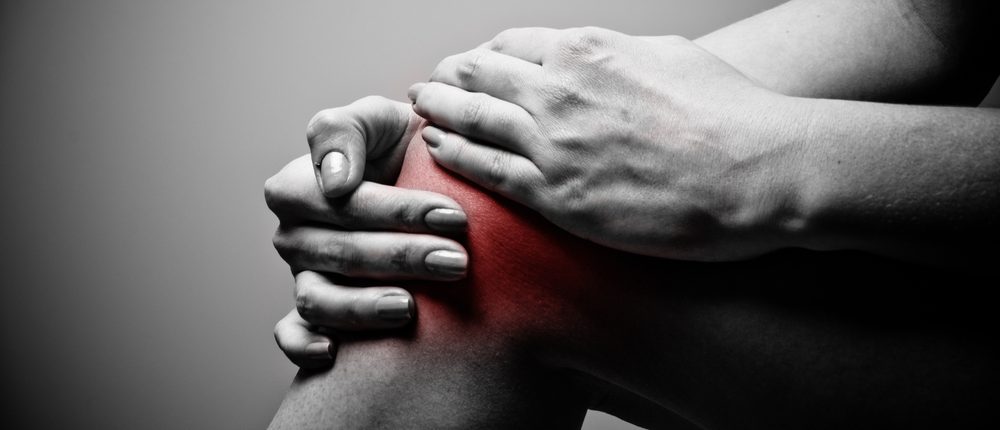What the H is Potassium Permanganate and Why Do I Need it?
Probably most of you have included some kind of wound cleaning substance in your first-aid kits. Sure, hydrogen peroxide’s the way to go for getting dirt and other stuff out of the wound, but it’s hardly the only antiseptic out there.
Anticipating that some of you can get a little freaky like me when it comes to having a complete medical kit, I’ve decided to use this opportunity to write about potassium permanganate – prince and pauper, at the same time, among antiseptics. What’s even more interesting is the fact that knowing what this stuff is will allow you to use for stuff other than cleaning wounds.
Before I start talking about the many uses of potassium permanganate, here’s a historical tidbit. During the latter years of the Korean War, the North was so desperate to gain a foothold that it began deploying unconventional weaponry. White phosphorus rounds were one of the weapons used against the South Korean soldiers and friendly American GIs. I won’t go into many details as to what kinds of wounds these devilish contraptions inflicted; suffice to say that it wasn’t a welcoming sight.
Anyway, the trouble with phosphorus rounds was they continued to burn inside the would long after leaving the gun’s barrel. Almost invisible to the naked eye, the Army surgeons had to improvise. And here’s where potassium permanganate comes into play – phosphorus reacts to potassium permanganate; quite violently I might add.
However, if used in small amounts the compound makes phosphorus light up like a Christmas tree. So, in order to operate, surgeons would dunk wounded patients in tubs filled with water, pour in some potassium permanganate, switch off the lights, and operate.
Outside of surgery, this compound can be used for tons of other stuff, most of them having to do with our favorite topic – getting out of SHTF situation. So, after probably boring you half to death with my little historical detour, here’s how potassium permanganate can serve you in a survival-type situation.
-
Wound managed and various life-threatening scenarios
Let’s start by stating the obvious – potassium permanganate is a very effective antibacterial agent and just the thing you’ll need to keep infection at bay. However, the thing with this compound is knowing what forms works best depending on the nature of your emergency. For instance, in the case of wound management, the liquid solution would be the best approach. However, the powdered form can be successfully employed when having to deal with stuff like snake bites or poisoning.
By the way, if you or someone close to you has ingested poison, you can induce vomiting by using a 0.2 percent permanganate solution. Doctors would often order stomach washes using this compound. Conditions of the skins like irritations, sores or eczema may also be treated using potassium permanganate. Still, if you consider including this compound into your B.O.B or household emergency kit, I wouldn’t use it for more than wound washing.
-
Getting rid of the dreaded morning breath
Although it’s far trickier to use than baking soda\salt with others, it may be possible to use potassium permanganate to 86 the dreaded morning breath. To prepare a mouthwash, dissolve one gram of powdery potassium permanganate in two gallons of water. This stuff will burn your esophagus and stomach, so be sure you spit it out. By the way, since potassium permanganate is known for its astringent effect (making the skin cells contract), you can use the mouthwash mix to get rid of stinky feet. Use this in conjunction with purified water and soap, and you won’t need another foot spray ever.
-
Water filtration
If you’re all out of water filtration tablets or can’t lay your hands on charcoal, it may be possible to use powdered potassium permanganate to remove bacteria from the water. According to the FDA’s safety guidelines, the concentration should be around one unit of potassium permanganate to 10,000 units of water.
To figure out what this means, imagine you have a well with very dirty water. By applying the dilution ratio, it means that you will need to use around 7 grams of powdered potassium permanganate to purify one gallon of water. Do the math if you plan to sterilize smaller amounts of liquid.
-
Fire-starter and probably self-defense weapon
Here’s my favorite way of using this stuff outside medical emergencies – to start a quick fire. For this, you will need around 10 grams of potassium permanganate and one-quarter of a teaspoon of glycerin (if you can’t find glycerin, use a water and sugar mixture). Place the permanganate on a small plate. For extra safety, you should do this experiment outside, as far away from flammable sources as possible. It would also be wise to put the plate on a hard surface like concrete slab or brick.
Now grab a pipette, draw a bit of glycerin and put a few drops in the middle of your permanganate mound. Stand back because the fumes are highly toxic. In a matter of seconds, you’ll see smoke rising from the mound, followed closely by purplish flame. When it’s safe to approach, grab yourself a handful of kindling and longs, move the place to your firepit (don’t forget those safety gloves) and, voila! You now have a cozy fire.
As for the weapon part, I guess you can create makeshift pipe bombs using potassium permanganate and phosphorus. I don’t know for sure if phosphorus is an over-the-counter compound or not, but in SHTF situation, you may be able to combine these two in order to make defensive weapons.
Be extremely careful when mixing potassium permanganate with other compounds. As you’ve seen from the above-mentioned experiment, permanganate doesn’t behave like an English gentleman when combined with stuff like glycerin. Always wear protective gear when working with volatile compounds.
Well, that above covers my take on using potassium permanganate outside the medical field. I hope you’ve enjoyed my article. As always, if you feel that I’ve missed anything, don’t be a stranger and leave a comment.
Outside of surgery, this compound can be used for tons of other stuff, most of them having to do with our favorite topic – getting out of SHTF situation.

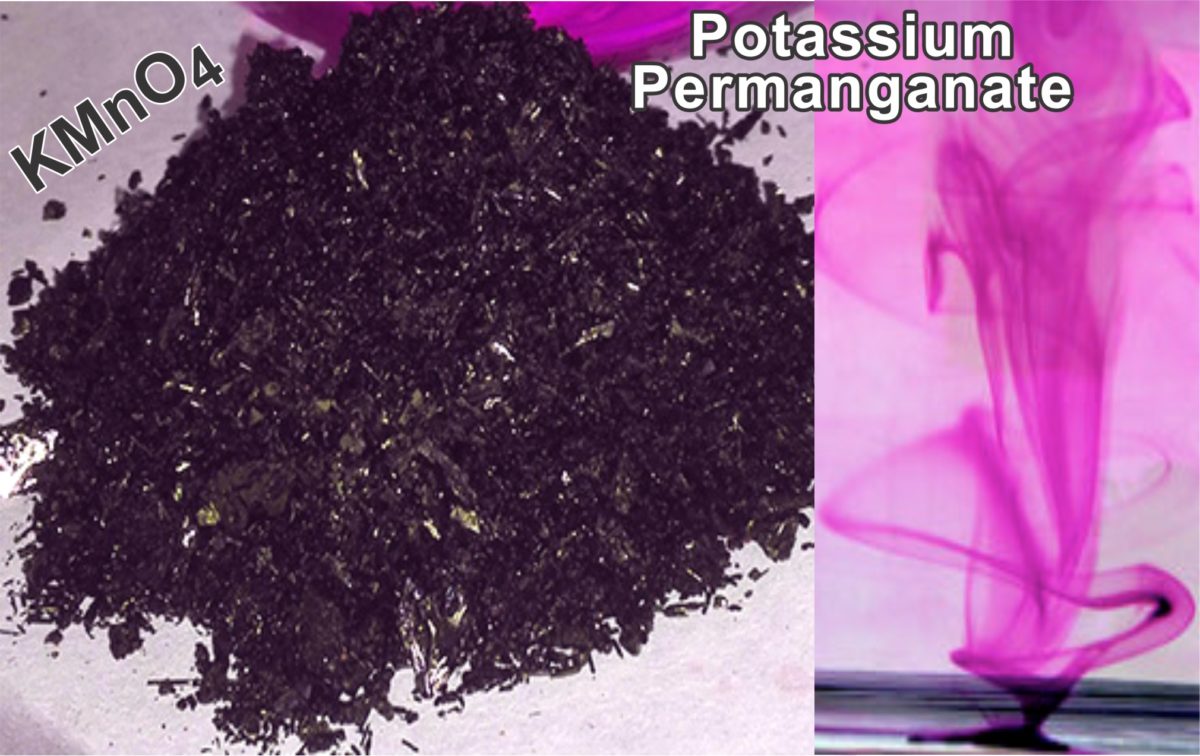

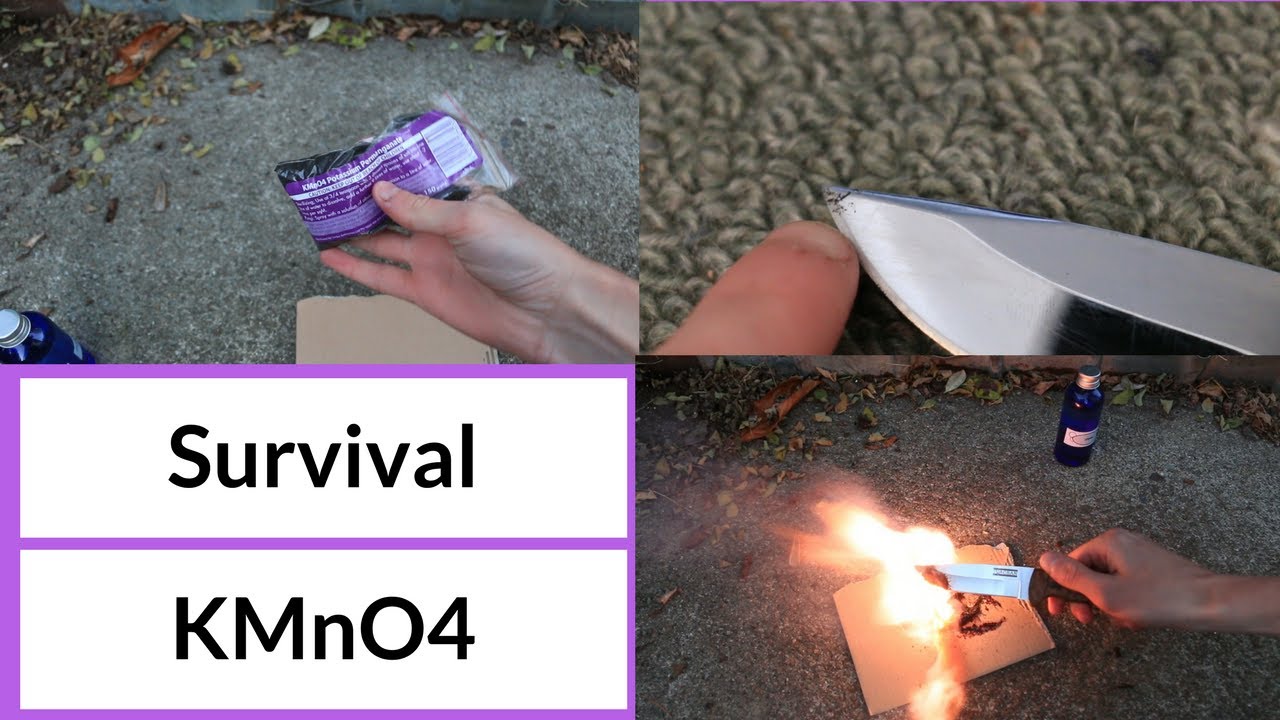

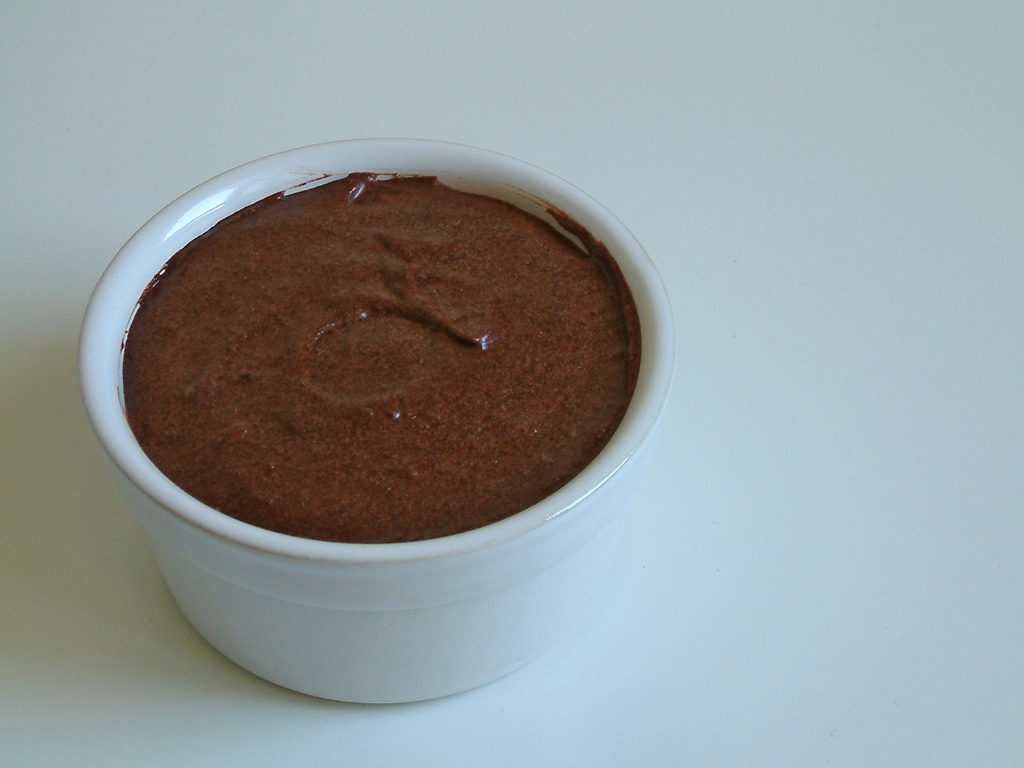
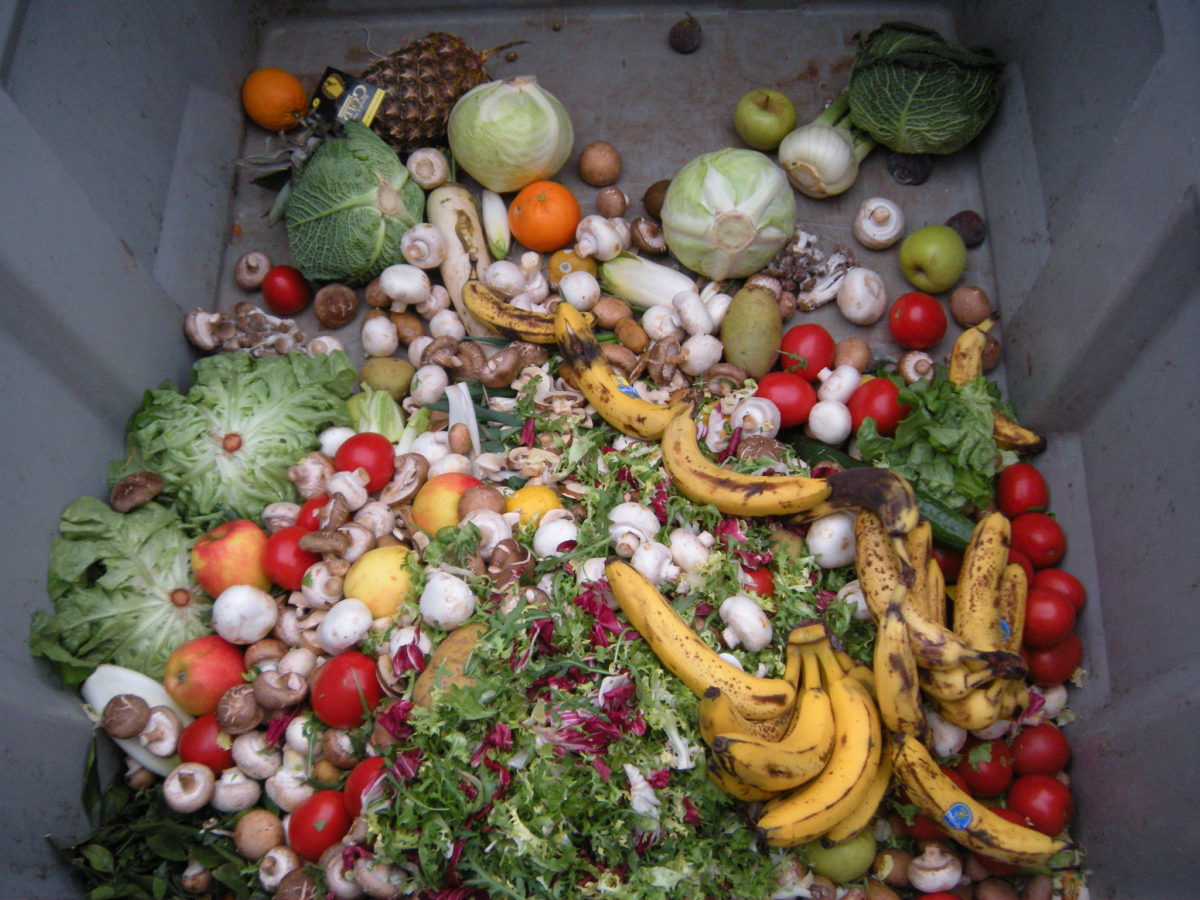
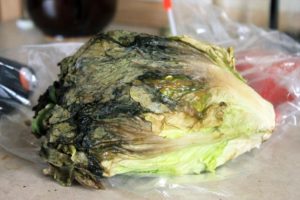
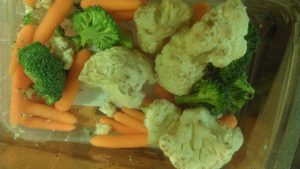
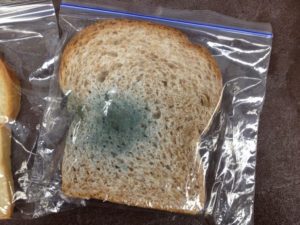

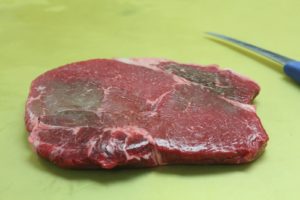

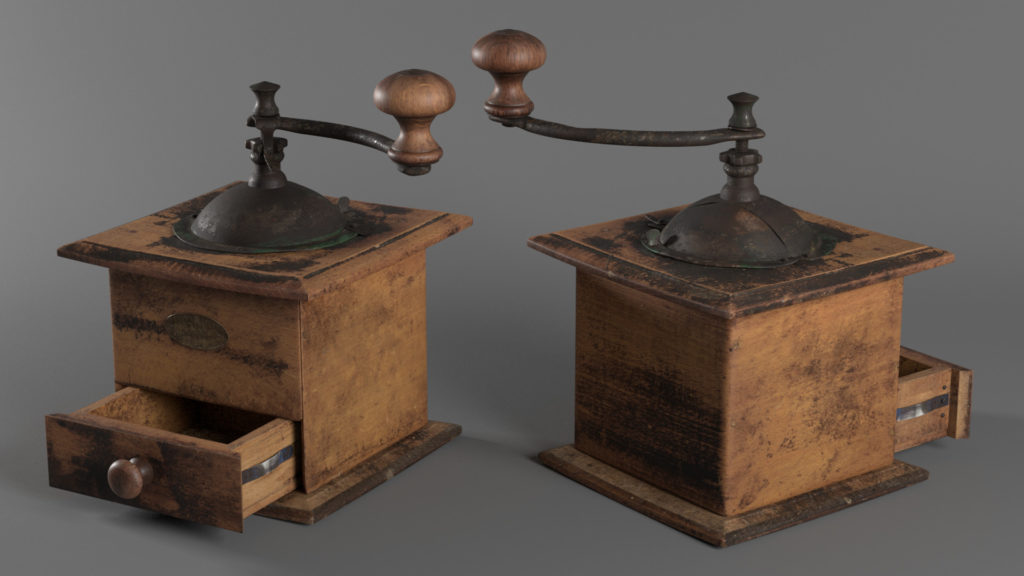
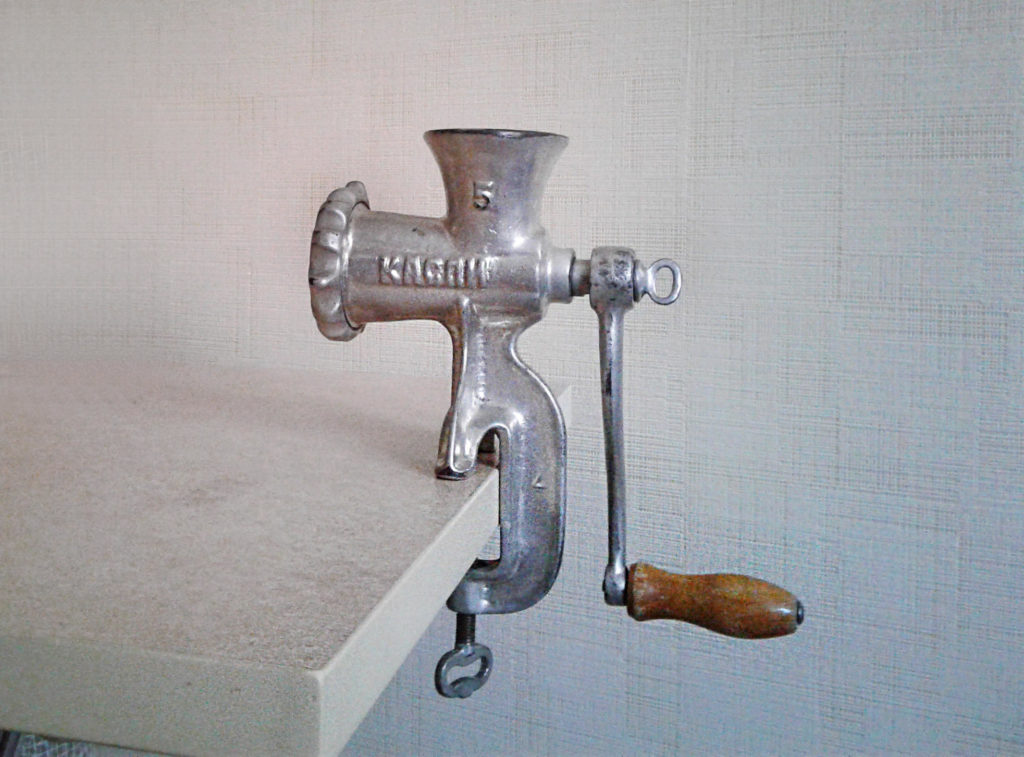
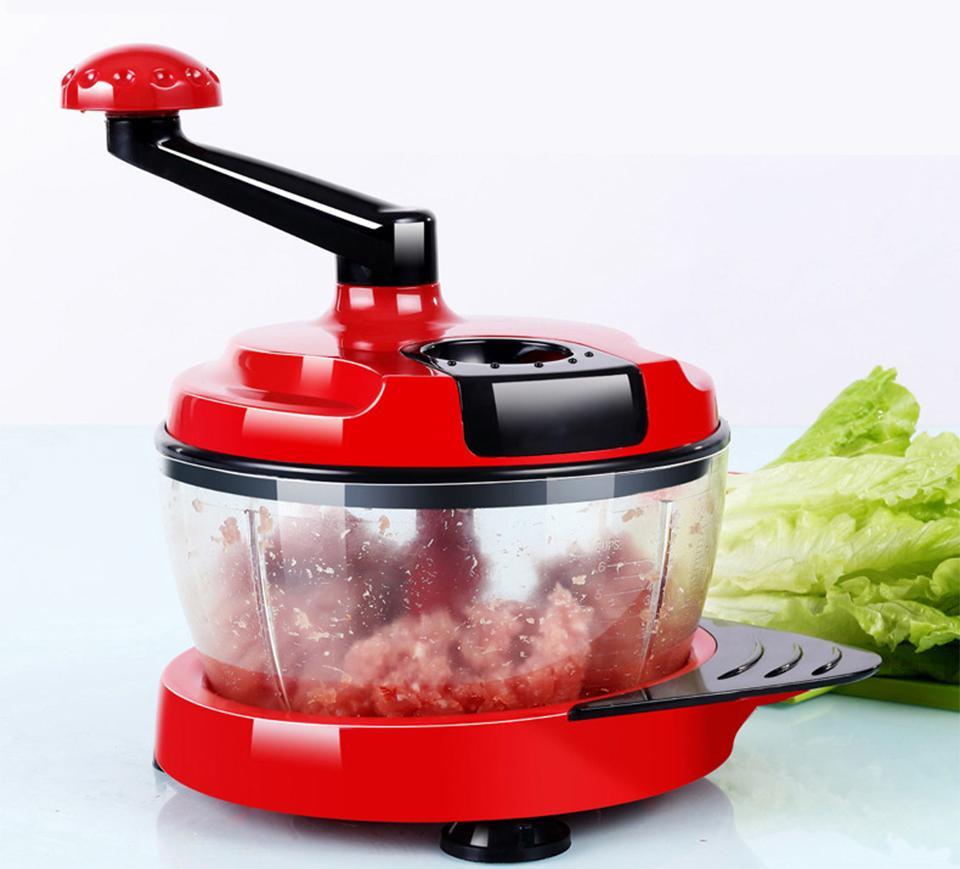
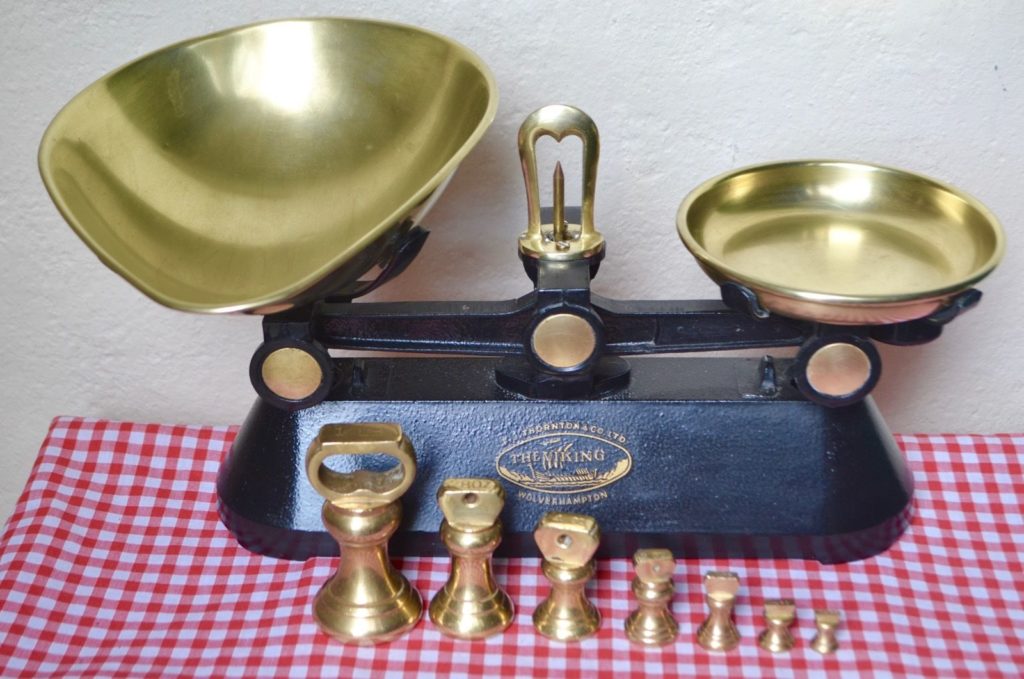
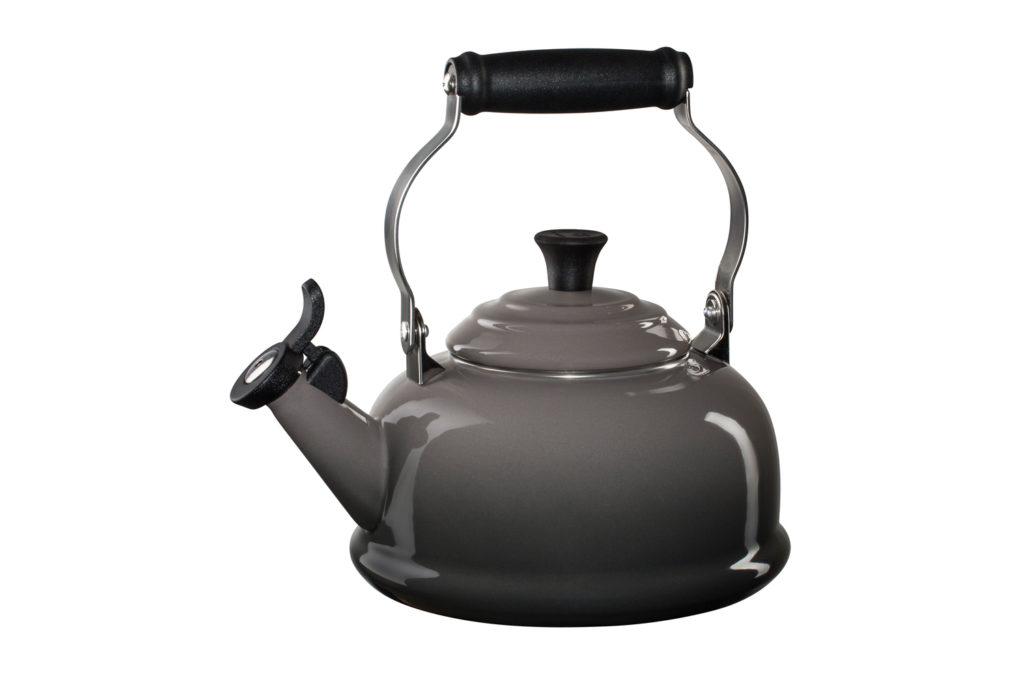
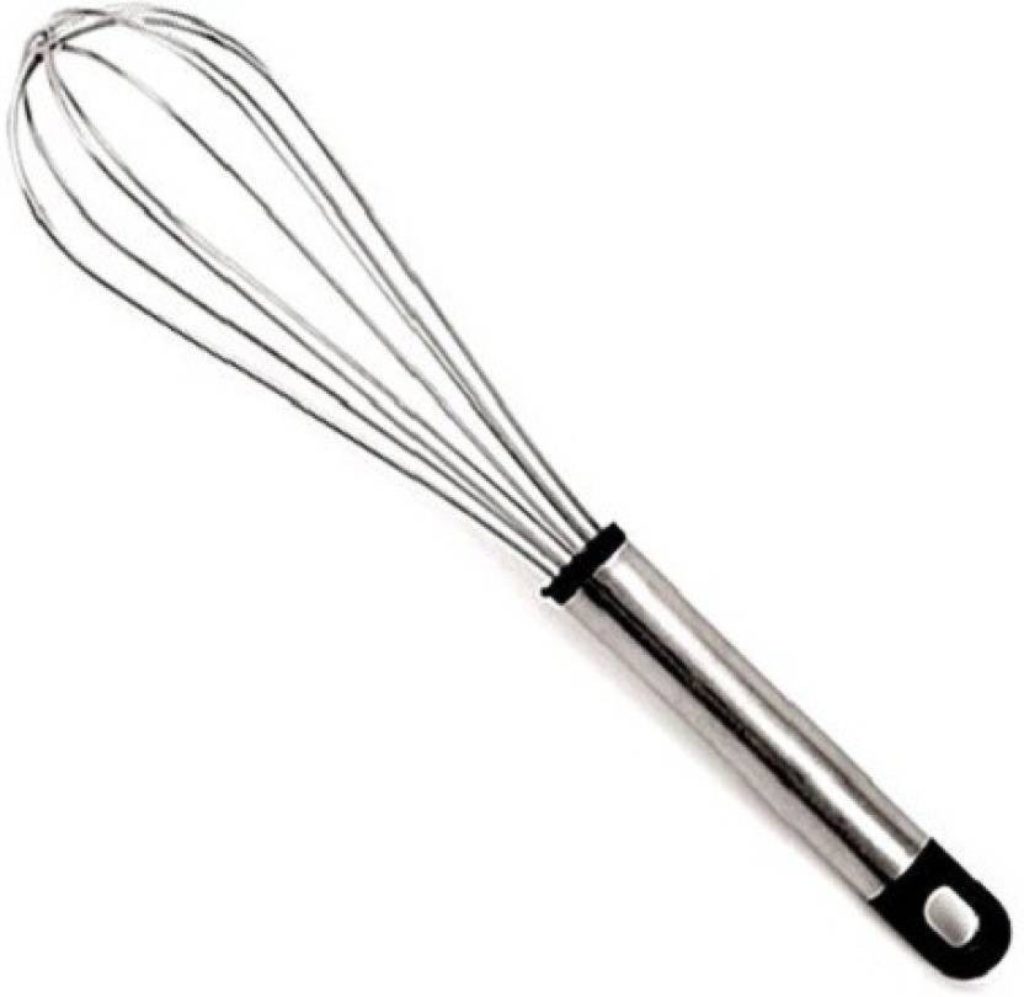
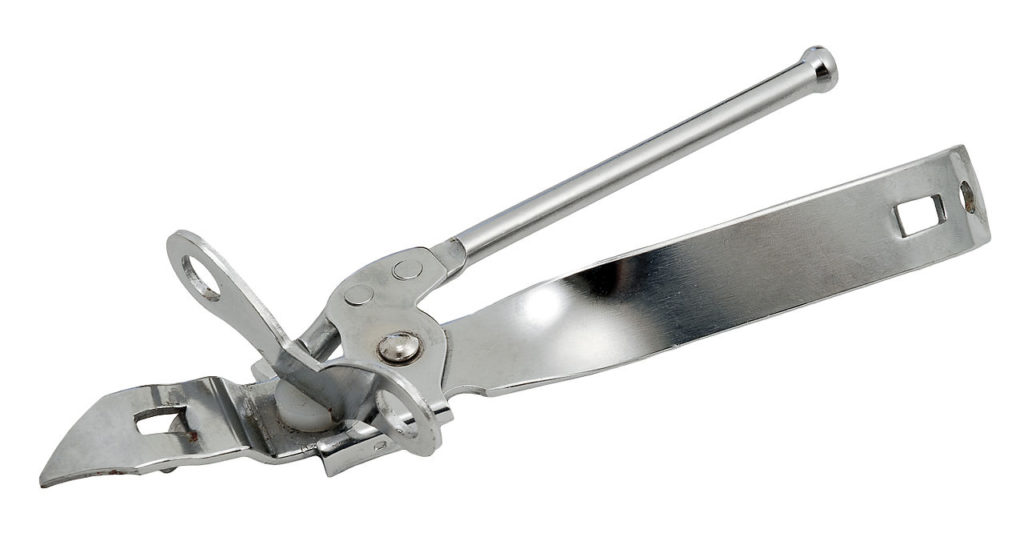
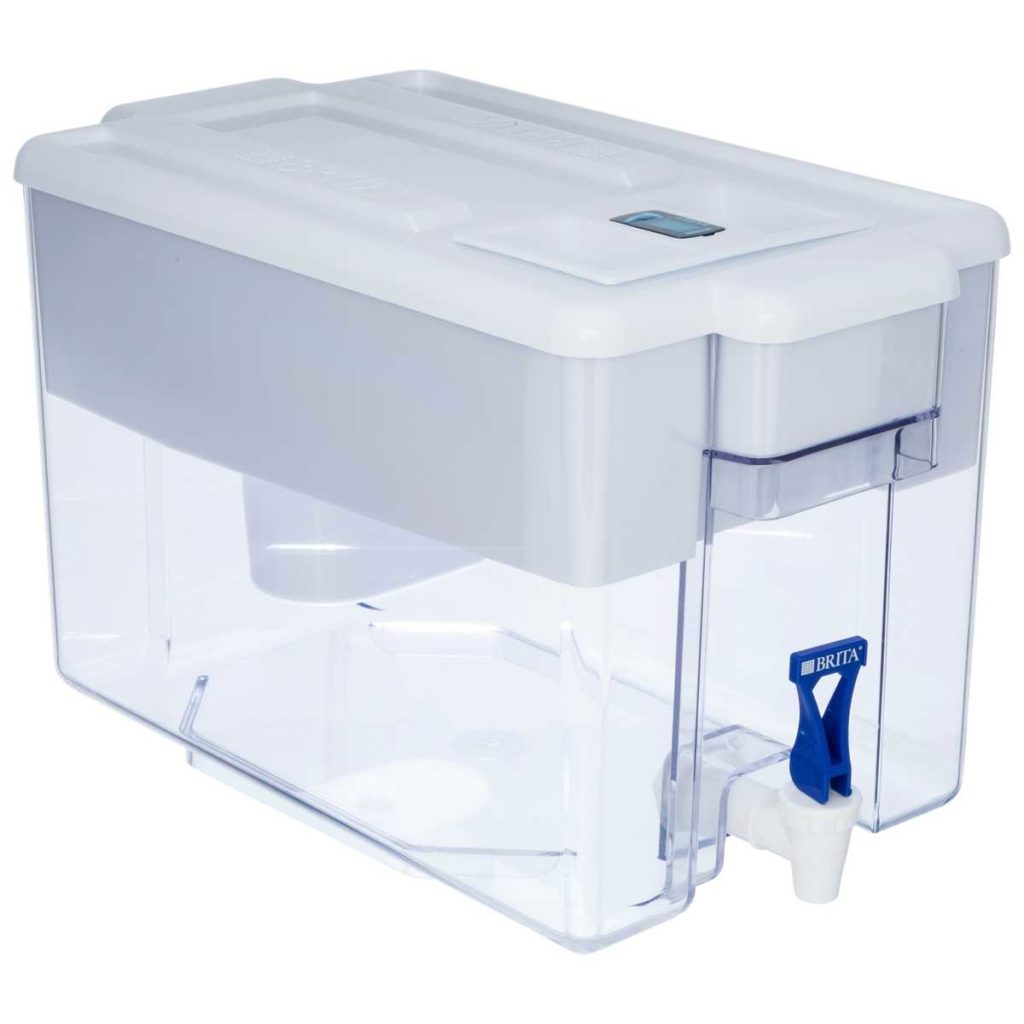

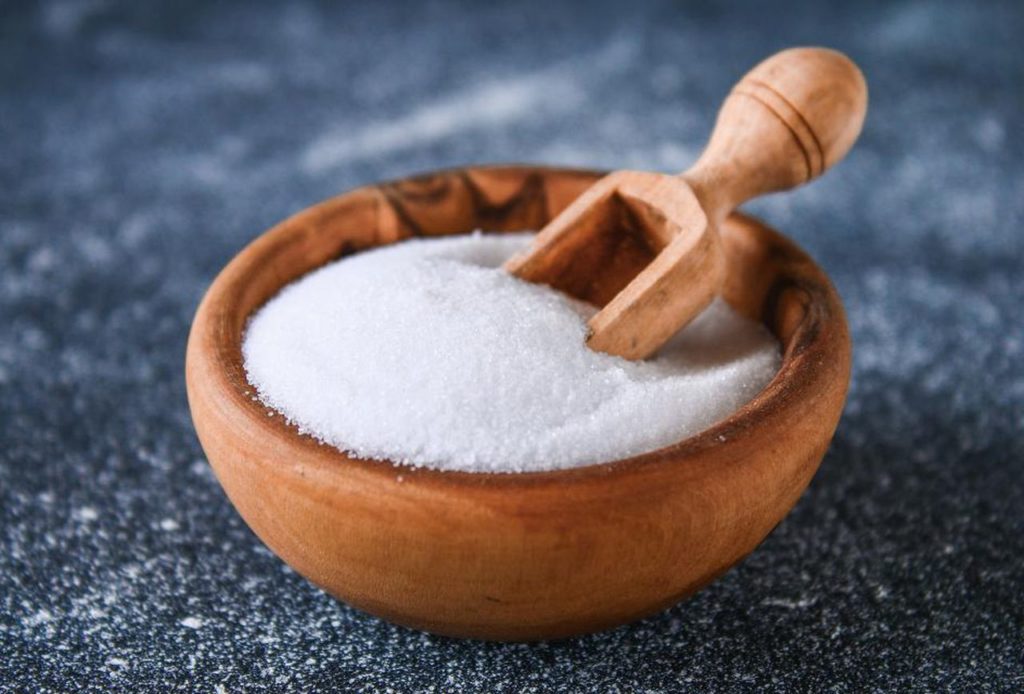
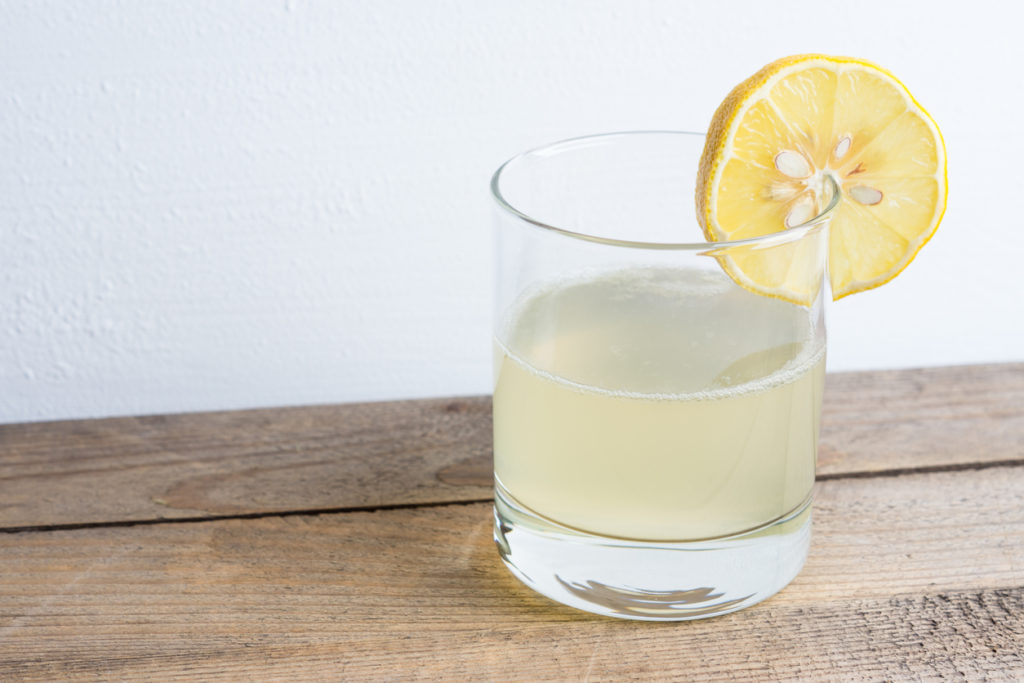
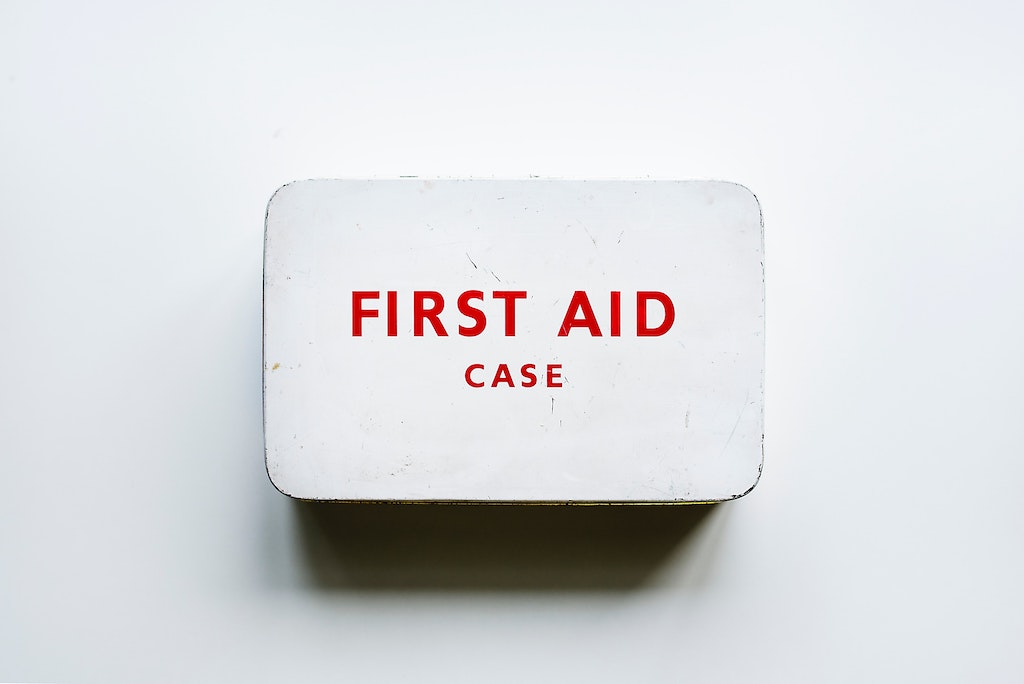
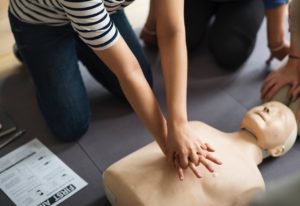
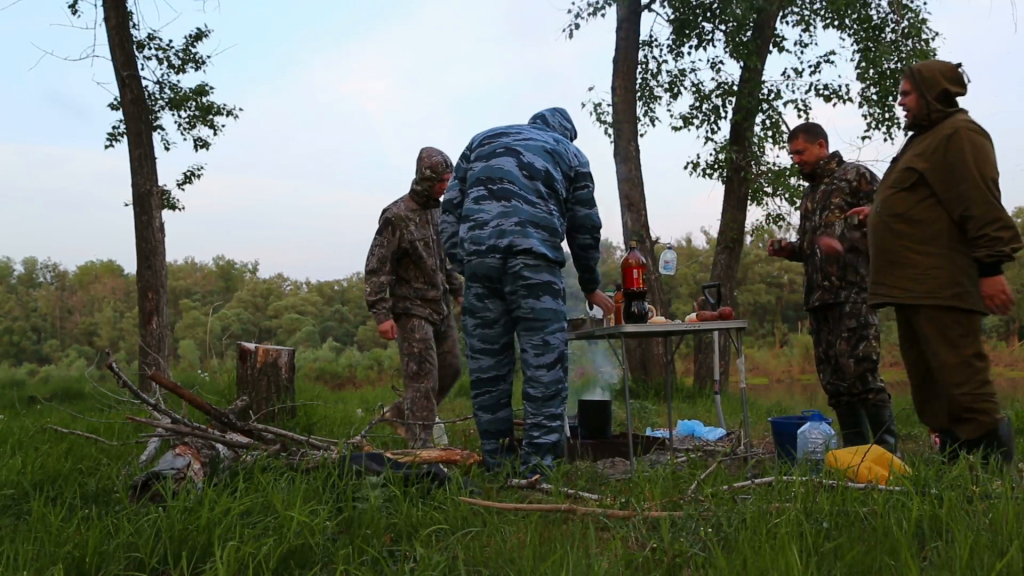
 When the SHTF scenario finally occurs, one of the surest things that will happen is that alcohol’s value will skyrocket. People crave their vices, even if the vice is not one that causes a physical dependence, and they are usually willing to give up quite a lot to get even a drop of what they know and love.
When the SHTF scenario finally occurs, one of the surest things that will happen is that alcohol’s value will skyrocket. People crave their vices, even if the vice is not one that causes a physical dependence, and they are usually willing to give up quite a lot to get even a drop of what they know and love.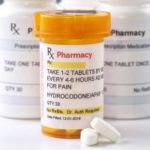 Like all alcohol, vodka can be used in place of ethyl or isopropyl alcohol in medical applications. Obviously, as a designed food item, the vodka is not quite as good of an alternative as the real thing, but in a pinch, you can certainly use it to disinfect wounds, or rub it on the body over an area you may wish to cut into or sew to reduce the risk of infection.
Like all alcohol, vodka can be used in place of ethyl or isopropyl alcohol in medical applications. Obviously, as a designed food item, the vodka is not quite as good of an alternative as the real thing, but in a pinch, you can certainly use it to disinfect wounds, or rub it on the body over an area you may wish to cut into or sew to reduce the risk of infection. If you grow herbs, or use herbal medicine in any way, then vodka should already be part of your fall purchase list so that you can use it in creating tinctures to preserve herbaceous medicines. The process is simple – in a small, dark and opaque bottle or jar, fill the bottle or jar with herbs (leaves, flowers, roots, or whatever piece you’d normally use). Top off the bottle with vodka, and let it sit for a week or so in order to have the medicine steep into the liquid. After you’ve allowed the mixture to steep, you can strain out the liquid tincture, and store it in dropper bottles, which take up less area and have an adequate measuring system included.
If you grow herbs, or use herbal medicine in any way, then vodka should already be part of your fall purchase list so that you can use it in creating tinctures to preserve herbaceous medicines. The process is simple – in a small, dark and opaque bottle or jar, fill the bottle or jar with herbs (leaves, flowers, roots, or whatever piece you’d normally use). Top off the bottle with vodka, and let it sit for a week or so in order to have the medicine steep into the liquid. After you’ve allowed the mixture to steep, you can strain out the liquid tincture, and store it in dropper bottles, which take up less area and have an adequate measuring system included. Vodka is very high in alcohol content, and as anyone who experimented in chemistry can tell you, alcohol burns hot and quick. You can use vodka as an accelerant for fires (similar to lighter fluid). It does not create a steady, long burn, but it could help you catch a few twigs on fire, and is especially useful if you’re not all that skilled with bushcraft.
Vodka is very high in alcohol content, and as anyone who experimented in chemistry can tell you, alcohol burns hot and quick. You can use vodka as an accelerant for fires (similar to lighter fluid). It does not create a steady, long burn, but it could help you catch a few twigs on fire, and is especially useful if you’re not all that skilled with bushcraft. With a rag, a bottle of alcohol and a fire, you have an effective
With a rag, a bottle of alcohol and a fire, you have an effective  Alcohol in general can make you feel like you’ve increased your body temperature, and therefore, it is often thought of as a way to keep your internal body temperature high. In fact, alcohol does the opposite. You feel warm when you drink alcohol because it actually lowers your internal temperature, causing you to feel like you just walked out on a warm summer day wearing a winter coat. Drinking in cold temperatures can be very hazardous to your health. However, that false feeling, along with the numbing effect, can be an effective method for calming agitated people.
Alcohol in general can make you feel like you’ve increased your body temperature, and therefore, it is often thought of as a way to keep your internal body temperature high. In fact, alcohol does the opposite. You feel warm when you drink alcohol because it actually lowers your internal temperature, causing you to feel like you just walked out on a warm summer day wearing a winter coat. Drinking in cold temperatures can be very hazardous to your health. However, that false feeling, along with the numbing effect, can be an effective method for calming agitated people.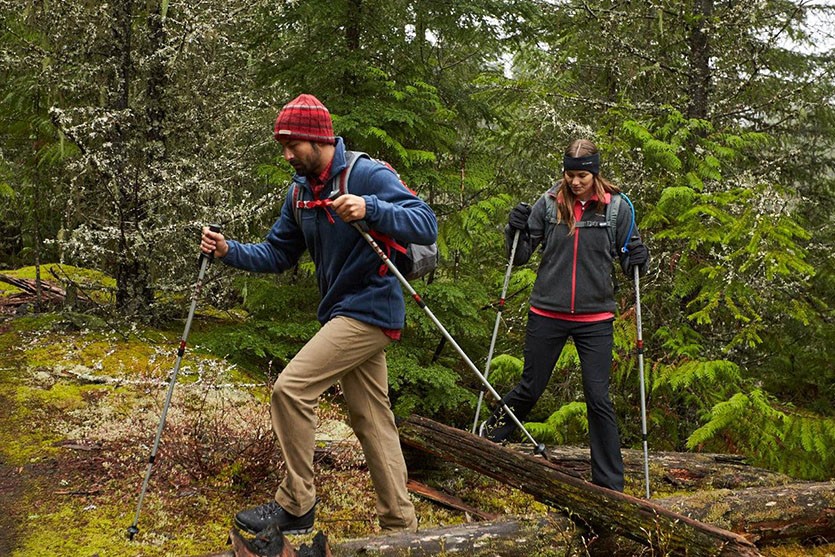
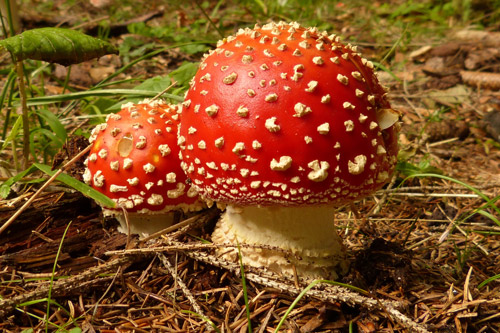
 Cardiac Glycosides are most often found in Lily-of-the-Valley, foxglove oleander and squill. First signs include headaches, confusion, vomiting, stomach pain, and dizziness. Children might also experience changes in heart rate and blood pressure.
Cardiac Glycosides are most often found in Lily-of-the-Valley, foxglove oleander and squill. First signs include headaches, confusion, vomiting, stomach pain, and dizziness. Children might also experience changes in heart rate and blood pressure. The best thing parents can do for kids is to teach them never to pick or eat anything from a plant they find outside, regardless of how good it smells or looks. Make sure your children know to eat plants or fruits from outside only if they have permission and if the plant has been washed thoroughly.
The best thing parents can do for kids is to teach them never to pick or eat anything from a plant they find outside, regardless of how good it smells or looks. Make sure your children know to eat plants or fruits from outside only if they have permission and if the plant has been washed thoroughly.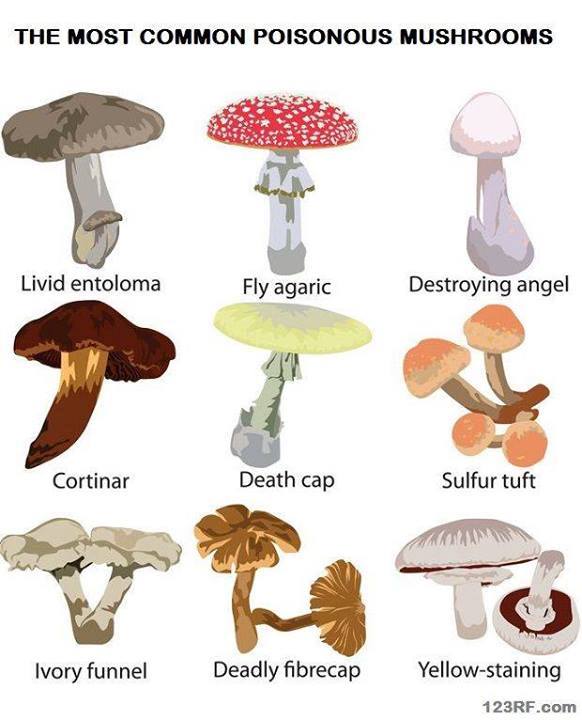

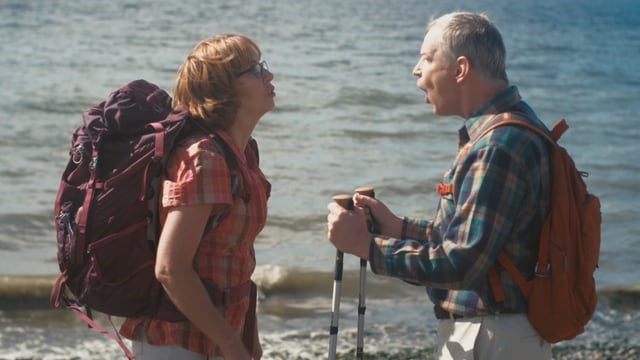

 Many of us like music, but don’t want to hear somebody learning to play the harmonica and singing may require those earplugs. Within my family, various infidels think Skillet is a pan, Pitbull is a breed, Celtic Woman is plural, FFDP=5FDP, and it’s normal to howl to country music. There’s audio torture in there for pretty much everybody.
Many of us like music, but don’t want to hear somebody learning to play the harmonica and singing may require those earplugs. Within my family, various infidels think Skillet is a pan, Pitbull is a breed, Celtic Woman is plural, FFDP=5FDP, and it’s normal to howl to country music. There’s audio torture in there for pretty much everybody. Books run the gamut from the usual suspects (
Books run the gamut from the usual suspects (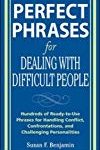
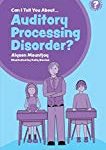 Sensory Processing/ Perception Disorder can manifest in a range of ways. Some “feel” and “see” certain sounds – sometimes like corduroy rubbing in the ear, or that awful sensation of a pencil eraser’s metal scraping paper and desk. I don’t actually recognize background noises – clocks ticking, ceiling fans whirring, dogs panting, conversations behind a door, and rubbing of a callous are as prominent to me as face-to-face words. It has advantages and frustrations.
Sensory Processing/ Perception Disorder can manifest in a range of ways. Some “feel” and “see” certain sounds – sometimes like corduroy rubbing in the ear, or that awful sensation of a pencil eraser’s metal scraping paper and desk. I don’t actually recognize background noises – clocks ticking, ceiling fans whirring, dogs panting, conversations behind a door, and rubbing of a callous are as prominent to me as face-to-face words. It has advantages and frustrations.